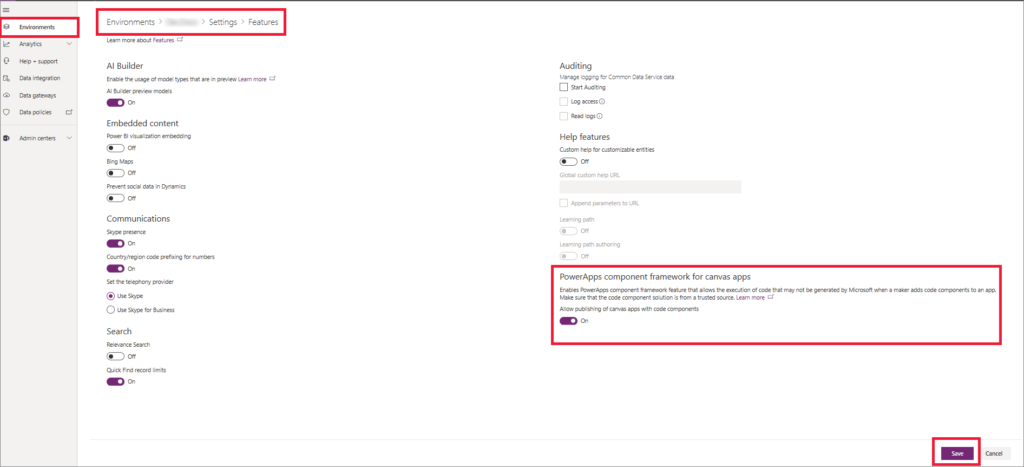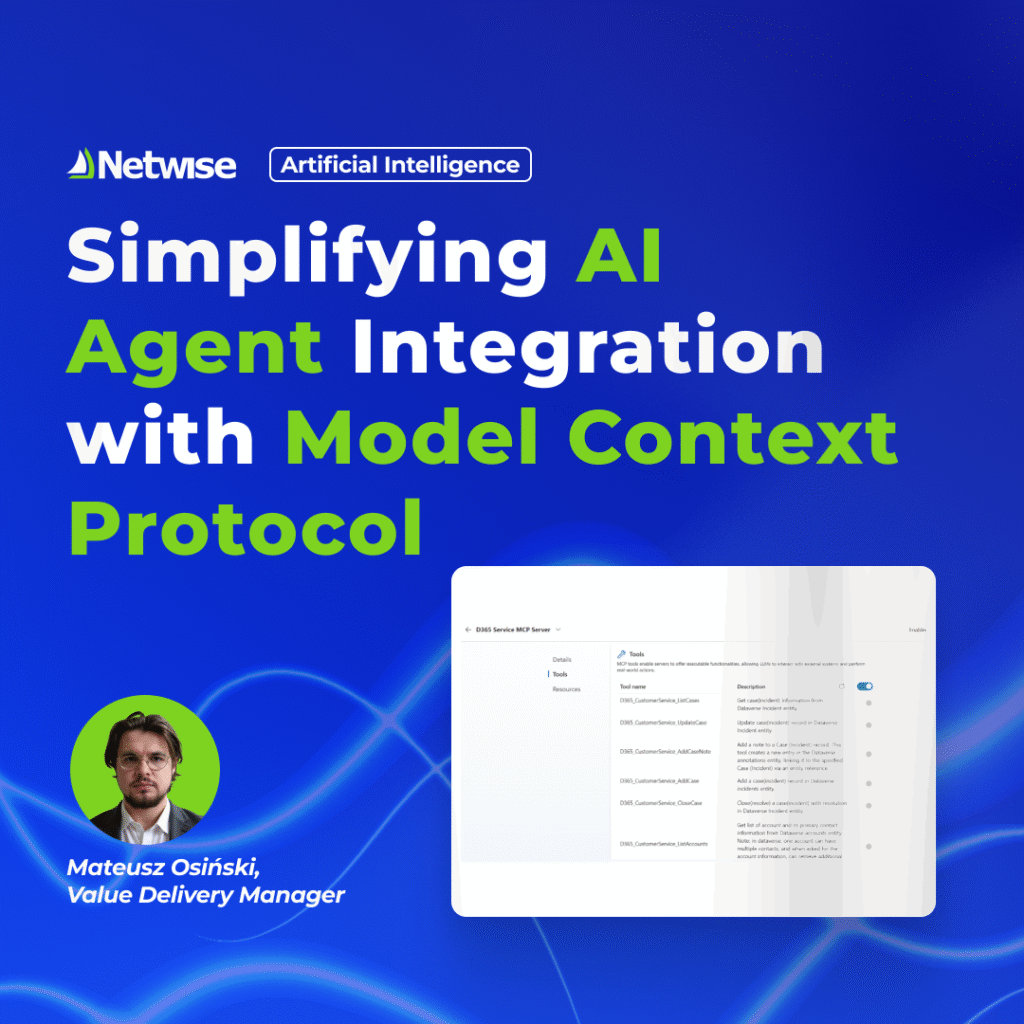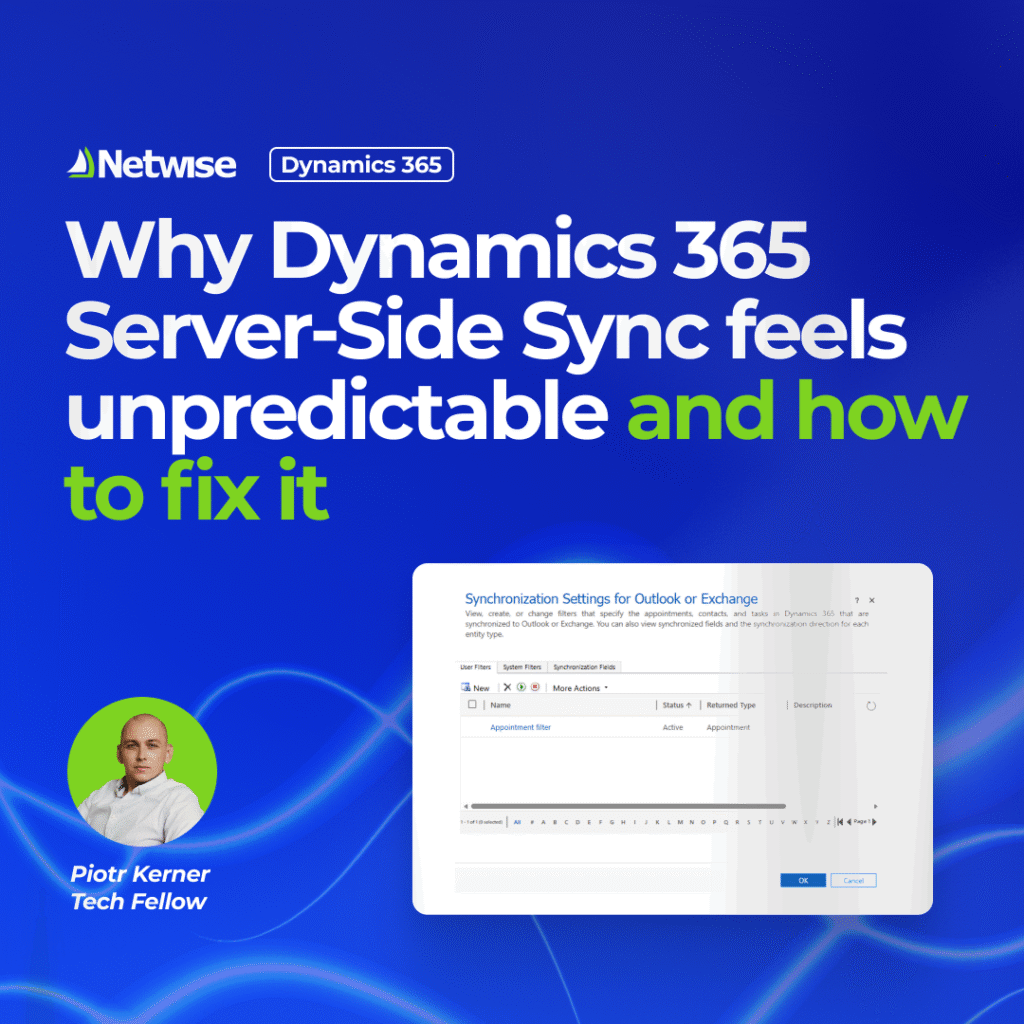Interacting with data and information is a daily necessity in many organizations. While countless software options exist for nearly every use case, businesses still encounter unique processes and scenarios that demand a more tailored approach.
Building a custom application from scratch can be a significant investment of time and resources. Low-code tools offer an efficient alternative, allowing organizations to enrich existing applications or develop new ones without extensive development cycles. Here, I will focus on one such powerful tool within the Microsoft ecosystem.
The Power Apps Component Framework (PCF) is an innovative low-code solution that can significantly impact the scope, timeline, and cost of implementing new business applications. By using PCF, organizations can greatly enhance their experience with Microsoft Power Apps and Dynamics 365.
What is PCF (Power Apps Component Framework)?
PCF is a low-code framework designed for creating custom user interface (UI) components. These components are essentially visual controls, such as interactive buttons, dynamic sliders, or sophisticated checkboxes, that perform specific actions.
What sets PCF components apart is their support for modern web development practices, enabling the creation of highly advanced and interactive experiences.
By embedding PCF controls in Dynamics 365 or other Power Apps applications, you can bring interactivity to your data, providing users with richer context and a more intuitive way to engage with information.

Each PCF control is highly customizable, allowing you to tailor its appearance and behavior to your specific preferences with minimal development effort, using the extensive libraries provided by Microsoft. This allows you to choose from a wide spectrum of button variants, enhanced tables, interactive sliders, and dynamic windows, opening up a vast array of possibilities.
The Power Apps Component Framework is a core element of the Microsoft Power Platform, enabling the creation of custom solutions that can simplify complex processes into a single click. It offers complete customization to meet individual business needs and can seamlessly connect to virtually any data source.
For example, you may want to retrieve customer data from a Credit Information Agency. This task typically involves filling out forms and manual data entry. With a PCF control, this entire process comes down to a single click, fetching and presenting the information instantly.
What are the key features of PCF controls in Dynamics 365 and Power Apps?
Reusability
Portability
Caching
Extensibility
- connecting to additional data sources,
- managing the lifecycle of components,
- accessing contextual data and metadata within the Dataverse,
- using device functions such as the camera, location, and microphone directly within your application.
What are the advantages of using PCF components?
Tailored user experiences
With the Power Apps Component Framework, it’s possible to easily create custom components that are fully aligned with how your organization uses Dynamics 365 and Power Apps. They’re fully adaptable to individual branding and accessibility standards. As a result, businesses can benefit from unique, customized solutions that deliver functionality comparable to applications built from scratch by a dedicated programming team, but with much greater efficiency.
Time and resource savings
Components are reusable, meaning that once an element is created, it can be used in multiple places. This directly translates into time and resource savings, eliminating the need to create the same functions multiple times. Consequently, businesses can create the necessary interfaces faster, even on a budget.
A diagram showcasing the combined capabilities of Power Apps and Azure.

Native Power Platform integration
A significant advantage of PCF is that it’s a native part of the Power Platform. This ensures seamless compatibility and collaboration with other Power Platform services like Power Automate (for workflow automation) and Power BI (for business intelligence). PCF components are also optimized for performance, leading to faster and smoother operation of applications within the Microsoft ecosystem.
Enhanced data interaction and insights
How can businesses use the Power Apps Component Framework?
Rich, interactive controls
Performance-driven applications
Where speed and performance are crucial, PCF helps create fast and smooth applications. Examples include interactive charts and tables that maintain application state even after reloading, significantly improving performance.
Adding a map component into a Power App.

Adding device capabilities
Custom data interaction
How to get started with PCF?
The Power Apps Component Framework is included in your Power Apps license, so you don’t need to install it separately. You can enable it directly within your Power Apps Admin Center, in the “Environments” section.
Enabling the PCF controls in Power Apps (Source).

Once PCF is enabled, you gain the ability to create, add, and modify components within your applications as needed.
If you require further guidance on using PCF controls in Dynamics 365 to their full potential, don’t hesitate to reach out. We possess in-depth knowledge of the Power Platform and are ready to assist you in using its features to best support your business goals.



